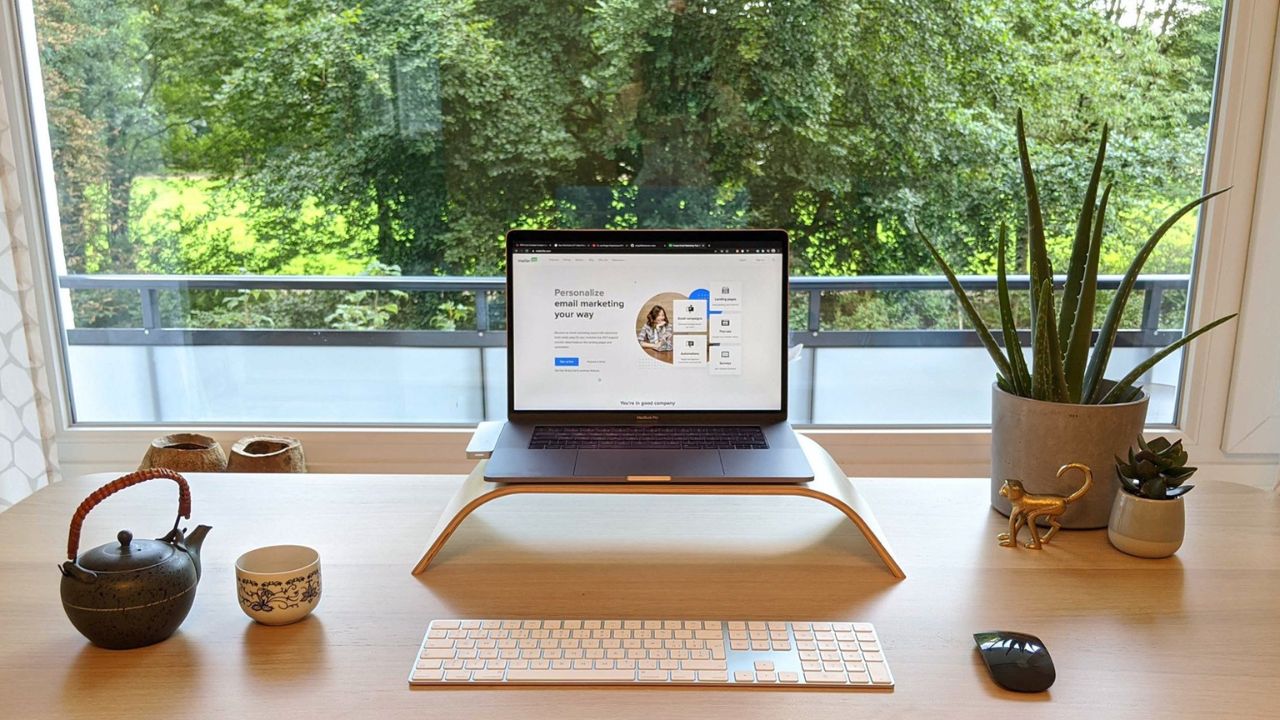At some point in life, everyone requires a recommendation letter. It could be to apply for a job or to take up an opportunity or even to advance your career in a graduate school. So I quickly want to show you how to write a recommendation letter.
In the following lines of this article, we are going to take some tips to write a recommendation. Do not think you may never have need to learn this. As you move up the ladder in your career, you could become a top ranking officer in what you do and you would need to write and append your signature to endorse someone’s career pursuit.
So this article has been written to help you learn how to write a recommend letter. Do take out some time to read.
What exactly is a recommendation letter?
A recommendation letter is a formal document that confirms someone’s job, talents, or academic performance. You can be requested to write a reference letter for someone who is looking for a job, an internship, a college or university, a leadership position, or a volunteer opportunity.
A recommendation letter’s objective is to confirm what you’ve learned about the candidate and to provide extra favorable data about their performance or habits.
A genuine recommendation gives the recipient a personalized summary of your interactions with the application. You should have some understanding of how the candidate acts and performs in the workplace. Before you accept a referral request, consider the following:
- Have you worked with or seen the candidate in the past?
- Do you have any relevant abilities and skills that you can expound on?
- Do you have any concrete samples of the person’s work?
- Can you provide favorable feedback about this person?
Before accepting a request, think about whether you can produce a high-quality recommendation letter. If you don’t have enough experience or positive anecdotes to convey about the applicant, let them know as soon as possible and respectfully that you won’t be able to meet their request. This gives them plenty of time to come up with an alternative solution.
How to Request a Letter of Recommendation
You may need to ask someone to write a recommendation letter for you at some point. If you are going to take a new job, you may consider requesting a letter of recommendation from previous supervisors, coworkers, teachers, mentors, clients, or vendors.
They should also be someone with whom you have a good working connection and with whom you can thoughtfully discuss your talents and abilities.
Whoever you decide to ask, discuss your request with them first, let them understand what exactly you require from them, and then send a formal email with more specifics.
You can give them a copy of this recommendation letter or any other good one. It can reduce their workload and make them more likely to agree to your request.
Ensure to make this request at least two weeks before the letter is due to allow enough time for them to finish your recommendation letter. This is particularly true for professors.
What format should I use for my recommendation letter?
The structure below has been written to help you learn how to write a recommendation letter.
Salutation:
If you are writing to a specific person, insert a salutation like “Dear Mr./Ms./Dr. [name]:” If you’re sending a general letter, skip the salutation and just say, “To Whom It May Concern:”
Introduction:
Explain the goal of the letter and how you know the individual you’re recommending in the first paragraph. You may also wish to include the length of time you’ve known them.
Body/Details:
In the second paragraph, explain why you think the person you’re recommending is qualified for the position or program. Include detailed instances of their expertise and capabilities. If required, use more than one paragraph to describe their qualifications.
Summary:
Explain why you are suggesting this individual in this section. You could say, for example, that you “strongly recommend” or “strongly encourage [name] for [program/role].”
Conclusion:
In the final paragraph, offer to speak with them again to provide additional information on the candidate’s skills and talents. When writing to someone mentioned in the letter, end the letter with “Yours truly,” or “Yours faithfully” if you don’t know who the letter is going to.
Sign the letter as follows:
Your name and title should be at the bottom of the letter. Include your signature under the typed name if you are printing and mailing the letter.
Trusted Tips on How to Write a Recommendation Letter
Here below are some tips to help you be on track while writing your letter of recommendation.
1. Be careful to personalize the template
While a basic template can be useful, Be careful to modify each letter with particular facts that highlight the candidate’s qualifications. Before you begin, try to sketch a broad outline to ensure you don’t overlook any of the crucial things you want to convey about the candidate’s qualifications.
2. Examine the resume
Before you start writing, go over the candidate’s or student’s résumé to obtain a full picture of the types of experiences they’ve had in previous positions. Having a good overview of their background will allow you to produce a more comprehensive letter that tackles their qualities as well as the precise goals they’re striving toward. You could also search for areas that could be improved and make suggestions to the candidate or student.
3. Ask for some bullet points
To save time and ensure you cover the issues that the candidate believes are most relevant for the role, get a list of bullet points or a few lines that you may refer to. They may supply you with a draft of the letter, which you can alter in your own words.
4. Make a list of characteristics
Compile a list of attributes and accomplishments that you believe highlight the candidate’s qualifications as you evaluate the résumé and job description. You might also ask the candidate to identify their most marketable assets for the type of work they want to undertake, particularly ones you may have noticed in their previous role while working with you.
5. Describe yourself
It’s customary to introduce yourself in the first few lines of a letter. Give a brief explanation of your job and relationship with the candidate. While it is not required to go into detail about your background, doing so will help to contextualize the letter and explain why you are in a good position to recommend this person.
6. Use job-related terminology
Request a copy of the job description so you can familiarize yourself with what the company is searching for. Examine the job description carefully so that you can address the position’s specific requirements. If you’re writing a generic recommendation, you can ask for an example of two positions for which they’re applying so you can write a more general recommendation that could apply to either.
7. Concentrate on one or two characteristics
Choose one or two characteristics that you believe make the candidate a good fit for the position. Support those claims with specific examples of how the candidate displayed those characteristics.
For example, discuss how they overcame hurdles or faced problems to achieve their goals. You could wish to include two paragraphs for the main body of the letter, one focusing on an accomplishment and the other on the person’s character, such as fortitude, honesty, work ethic, or standards to which they hold themselves.
8. Count the advantages
If possible, try to quantify or rate the candidate’s strengths in comparison to other applications or coworkers. For example, “He was one of the most astute students in my classes since I started teaching 17 years ago.” Include quantitative accomplishments that the applicant achieved while working with you if possible. “He was instrumental in our capacity to raise our website traffic 25% over the period of six months, resulting in a 10% increase in sales,” for example.
9. Talk about their potential
Include in the letter your thoughts on why you believe the candidate would flourish in the role if given the chance. You might want to include the following:
- Capability to work as a member of a team
- ability to work autonomously
- You feel their strengths, abilities, and talents will position them for future success.
10. Show your enthusiasm
Your goal is to make the individual stand out from the crowd of applicants for the job or college program to which they are applying. Express your excitement about how great they are for the task. One simple approach to accomplish this is to notify the letter’s recipient that you would gladly re-employ them inside your own department.
11. Make use of active voice
For a more compelling letter of recommendation, use active voice rather than passive voice. Active voice clarifies your message for the individual reading your letter and keeps your sentences shorter because it requires fewer words to describe action.
To make passive sentences dynamic, put the subject first in the sentence so it’s evident who is doing the activity. “The car was hit by the truck,” for example, is written in the passive voice. “The truck hit the car,” is written in the active voice because it emphasizes who is doing the action initially.
12. Include your contact information
Give the potential employer or admissions office a means to reach you if they need more information or have questions about the candidate. Mention your enthusiasm to provide further information about the candidate’s qualifications. You can include your email address or phone number at the end of the letter or after your signature.
13. Check for typos
It is critical to proofread the letter properly to avoid typos and grammatical problems. You might even want to read the letter out loud so your eyes don’t skip over words and miss potential problems.
14. Use the appropriate format and length
Write your message in a regular typeface and print size, such as Times New Roman 12-point for printed letters or Arial 11-point for electronic submissions. If you’re printing, make sure the margin is at least one inch wide. The length should be between two-thirds and one full-spaced page.
15. Adhere to the submission guidelines
Inquire with the candidate about how they would like the letter to be submitted. Make careful to adhere to any specific requirements, such as the necessary format and the address to which the letter should be sent. Make certain you are informed of the impending deadline.
Template and Sample for writing recommendation letter
Dear [First and Last Name],
It’s my absolute pleasure to recommend [Name] for [position] with [Company]. [Name] and I [relationship] at [Company] for [length of time].
I thoroughly enjoyed my time working with [Name] and came to know [him/her/them] as a truly valuable asset to our team. [He is/She is/They are] honest, dependable, and incredibly hardworking. Beyond that, [he is/she is/they are] an impressive [soft skill] who is able to [result].
[His/her/their] knowledge of [specific subject] and expertise in [specific subject] was a huge advantage to our entire office. [He/she/they] put this skillset to work in order to [specific achievement].Along with [his/her/their] undeniable talent, [Name] has always been an absolute joy to work with. [He is/she is/they are] a true team player, and always foster[s] positive discussions and bring[s] the best out of other employees.
Without a doubt, I confidently recommend [Name] to join your team at [Company]. As a dedicated and knowledgeable employee and an all-around great person, I know that [he/she/they] will be a beneficial addition to your organization.
Please feel free to contact me at xxxx-123-4567 if you want to discuss [Name]’s qualifications and experience further. I’d be happy to expand on my recommendation.
Best wishes,
[Your Name]
[Title]
[Company Name]
Conclusion
There you have it—a reference letter that is quick to the point, enthusiastic yet professional, and would make anybody want to hire your ward immediately.
Keep in mind that this is simply a letter of recommendation template. You can definitely make some tweaks and put some creativity and personality into your own reference letter. In fact, I encourage you to do so!
Here’s a piece of advice for you: remember to be complimentary. A negative recommendation serves no purpose, so if you find yourself going down that road, it’s better to tell the person no.
And, of course, ensure that you personalize every single letter or recommendation email that you write. The more personalized you can make it, the better!
Recommendation
- Valley View University international Scholarships in Ghana
- Utah Valley University Scholarships
- 13 Best Art Schools in Los Angeles | Rankings
- Top 10 Military Schools For Boys In USA | Ranking
- Best Film Schools In Los Angeles | Requirements, Cost, Programs





